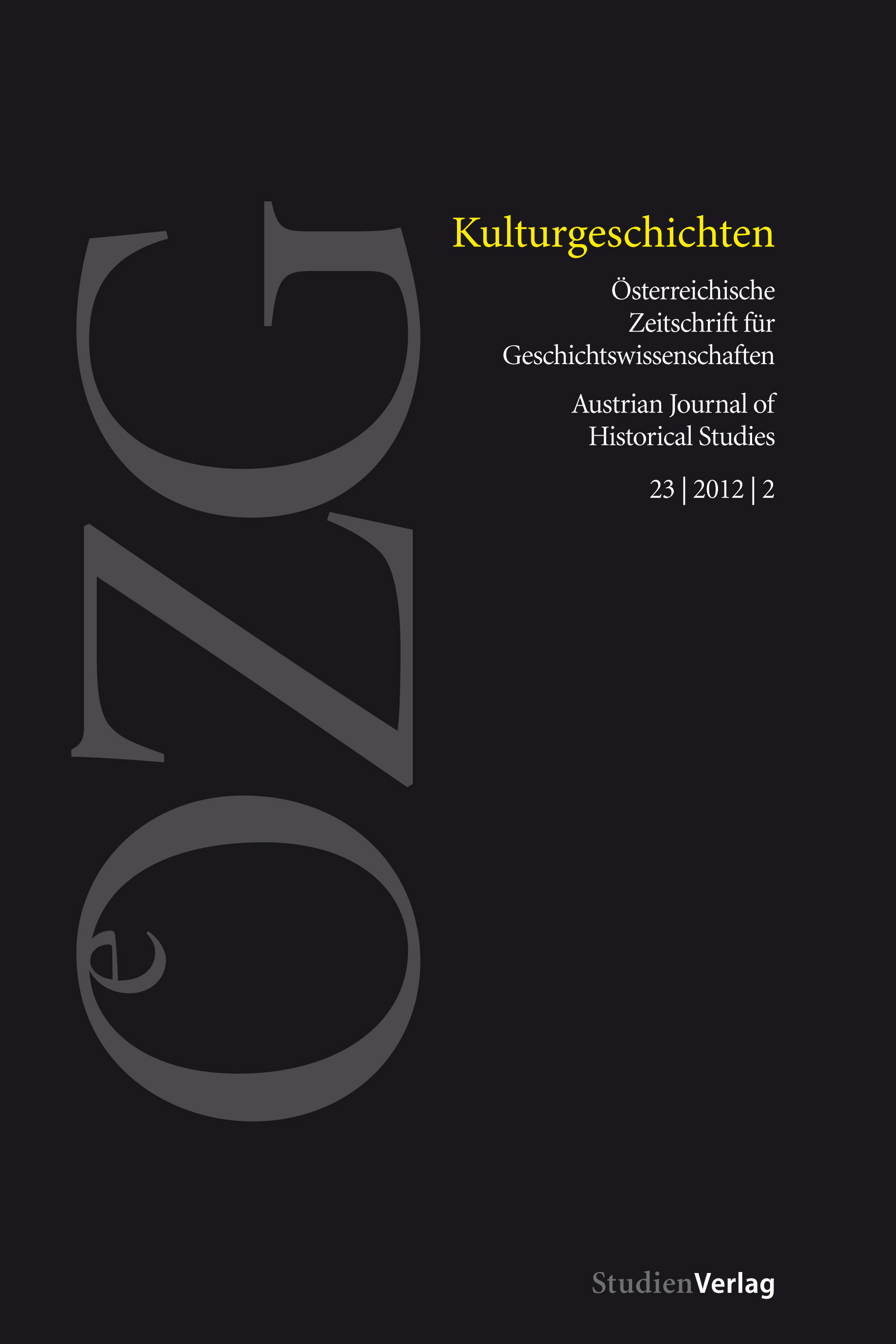Modernity in Normal Condition
Order Thinking and Social Engineering in the First Half of the Twentieth Century
DOI:
https://doi.org/10.25365/oezg-2012-23-2-2Keywords:
Modernity, order thinking, social engineering, industrial work, industrial enterpriseAbstract
The article argues that modernity cannot be analyzed as one single entity. Some theorists and historians reduce modernity to political and scientific efforts that are based on discourses of exception, unbounded intervention and some kind of radical planning. In contrast, the author argues that modernity must be analyzed in terms of a lasting friction between norm, normality and exception, that is different modes of problematizing modern societies. From c.1880 to c.1960 there have been very different approaches of tackling social problems and maintaining social order within. Some of these efforts had a totalitarian bias, some had not. The urging question is how to relate them.







